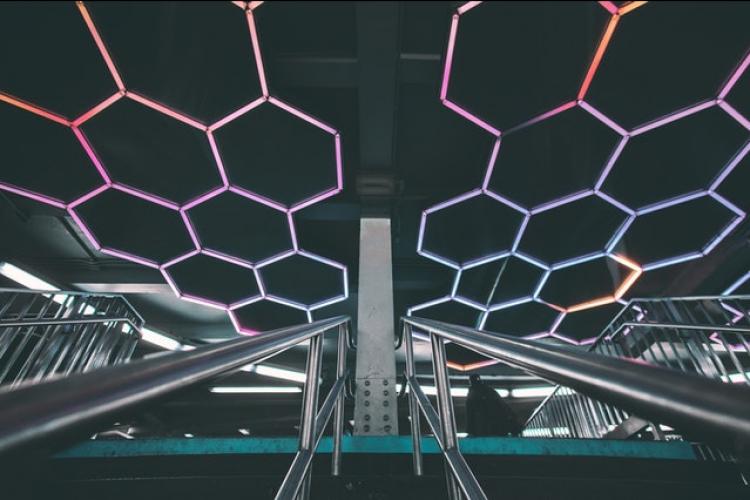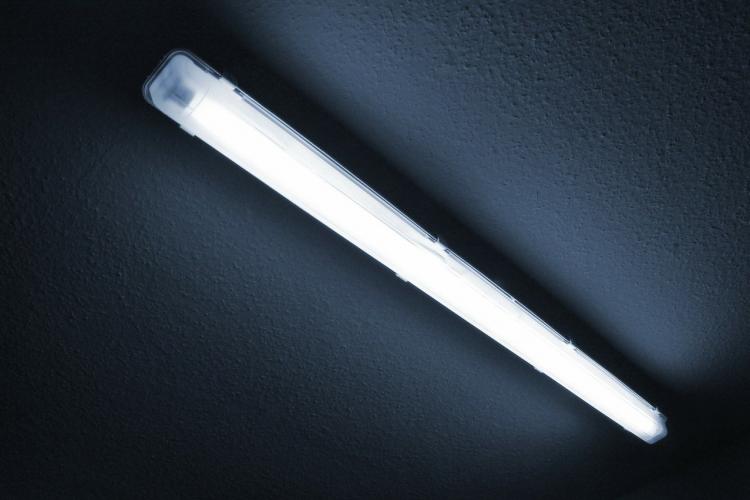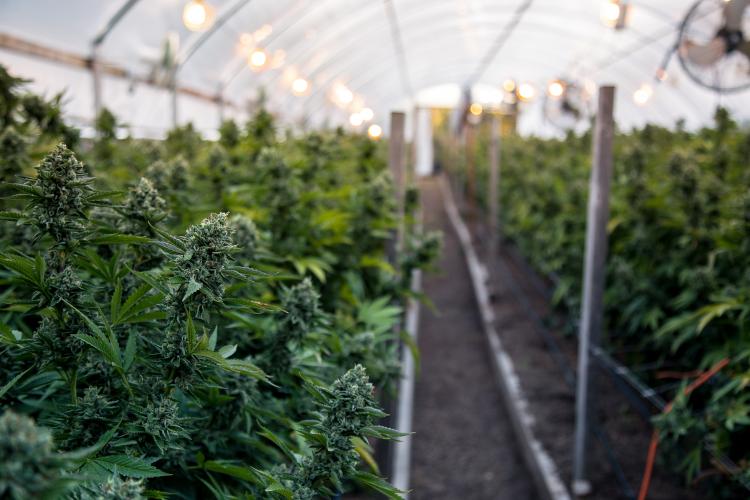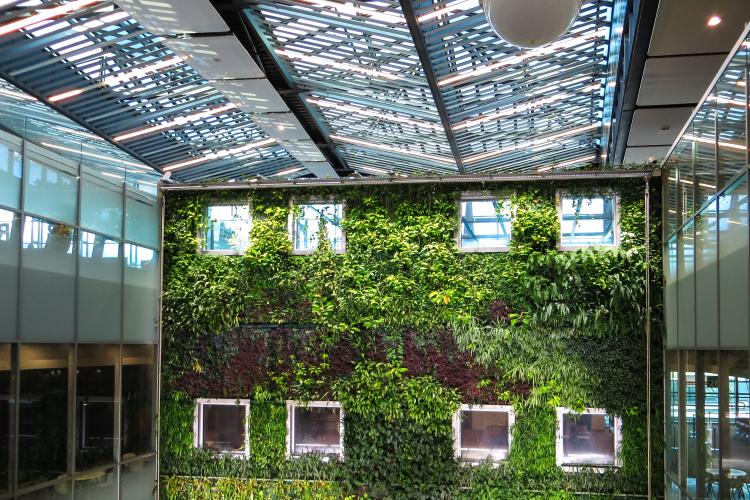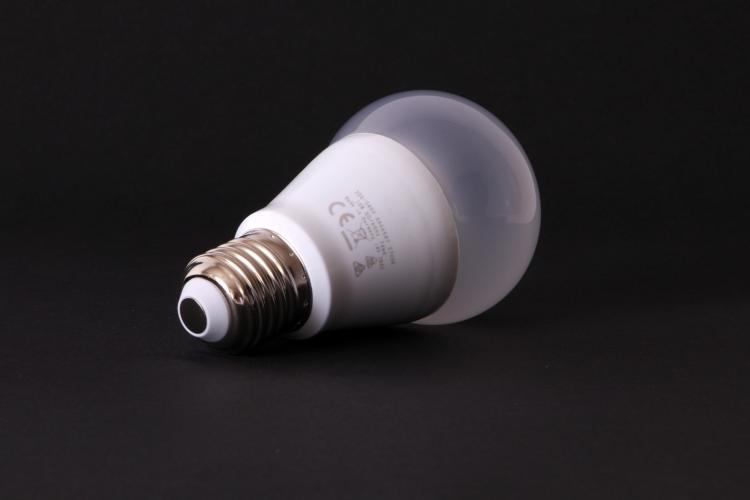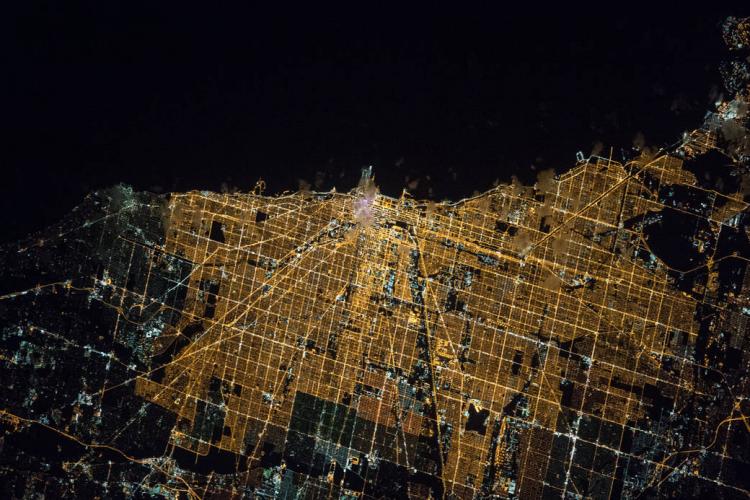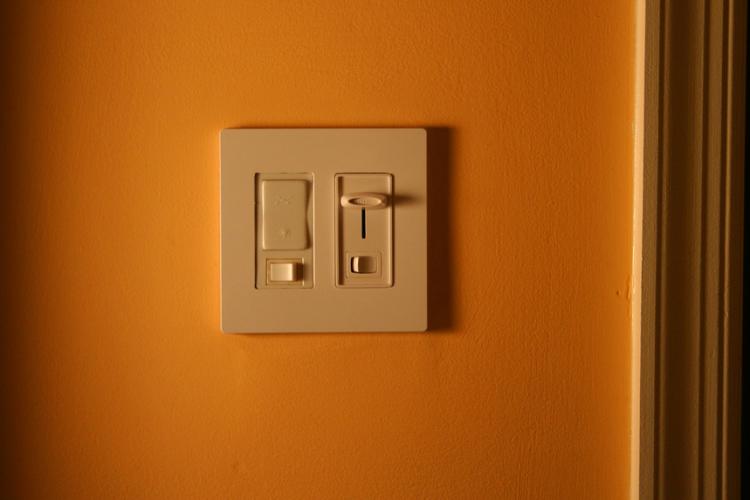Networked Lighting Systems: The Key to Future Lighting Program Savings?
This blog is part of a series to show that while lighting projects may not be the low-hanging fruit of energy efficiency programs they once were, there are still energy savings for utility programs to be had. See the first of this series here.
